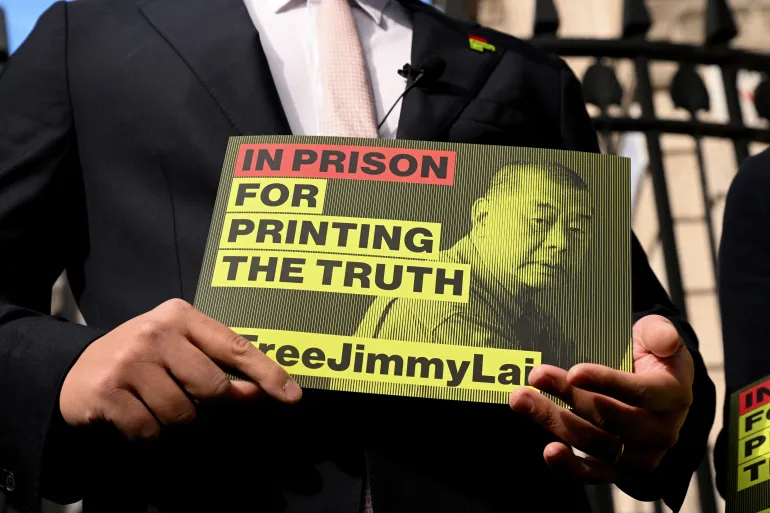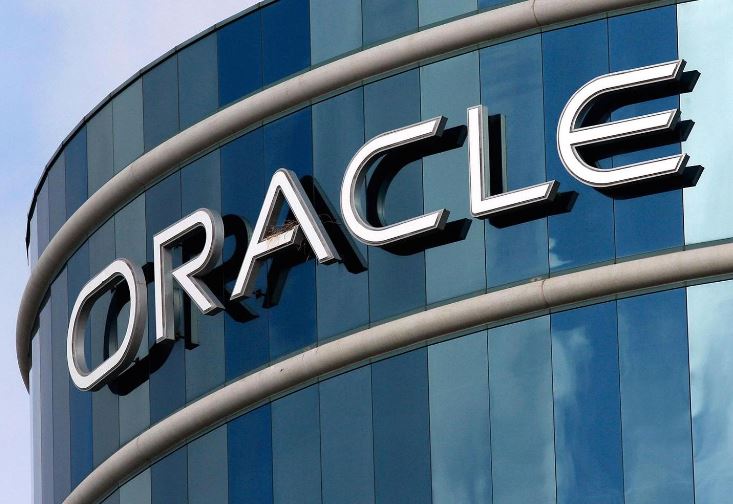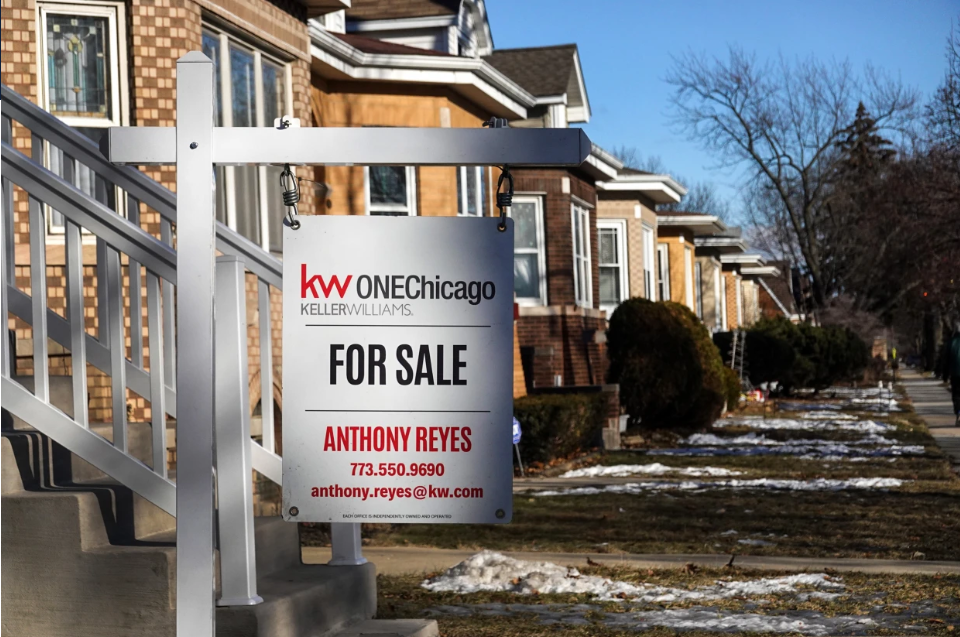The US economy just posted a solid 3% growth rate for the second quarter of 2025 — surprising forecasters and easing fears that President Trump’s sweeping tariffs would drag the country into a slowdown. But dig a little deeper, and things aren’t as booming as they seem.
According to data released Wednesday by the Commerce Department, the economy bounced back sharply from a -0.5% contraction in Q1, thanks in part to a major drop in imports. That shift helped inflate GDP — but not necessarily because businesses or consumers were spending more.
Remember the tariff frenzy earlier this year? Businesses went on an import binge to get ahead of Trump’s “Liberation Day” tariffs back in April. That surge in Q1 imports dragged GDP down. Now, those same businesses are working through stockpiled inventory — meaning fewer imports, which technically boosts GDP in the formula, even if real economic activity hasn’t changed.
In other words: part of that 3% “growth” isn’t growth at all — it’s just fewer goods being brought in from abroad.
That said, consumer spending — which makes up about 70% of the US economy — did its part. It rose 1.4% in Q2, up from just 0.5% the previous quarter. That’s a positive sign, especially after a sharp dip in consumer confidence following the tariff rollout.
Even Trump rolling back some of the harshest tariffs recently seems to have helped stabilize sentiment. Still, economists say these past two quarters mark the slowest stretch for consumer spending since the pandemic.
Business spending cooled off, rising just 1.9%, down from a whopping 10.3% in Q1. Residential investment — think homebuilding and sales — fell 4.6%, dragged by high mortgage rates and lingering uncertainty.
A key Fed-watched metric, “core GDP” (which strips out trade, inventories, and government spending), rose just 1.2%, its slowest pace in over two years. Translation: the underlying economy is still growing — but just barely.
With inflation easing and unemployment still near historic lows, the Federal Reserve is expected to keep interest rates steady — for now. But pressure is mounting for a rate cut later this year, especially if domestic demand continues to slow.
Even Trump jumped into the debate, calling on the Fed to “MUST NOW LOWER THE RATE” on Truth Social after the GDP report dropped.
Fed Chair Jerome Powell, meanwhile, has stayed cautious, saying last month, “Despite elevated uncertainty, the economy is in a solid position.” But that “wait-and-see” approach may not last much longer if growth loses more steam.










The latest news in your social feeds
Subscribe to our social media platforms to stay tuned